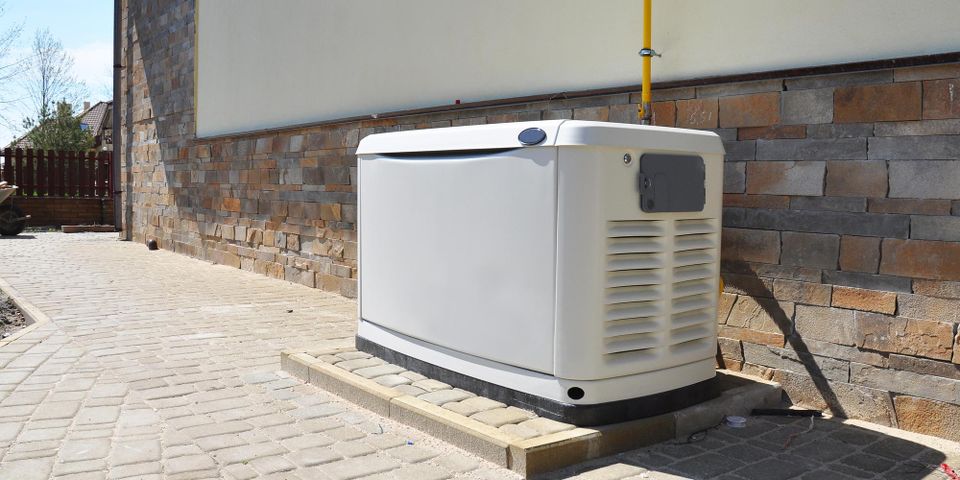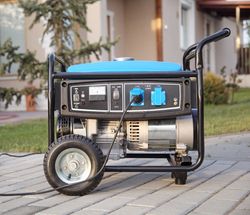3 Tips to Choose the Right Generator for Your Home

While snow blowers can help get the snow off your driveway, you’ll need a generator to keep the power running if a blizzard knocks out the electricity. While both portable and standby generators are quite popular, it is essential that you determine which option is the best fit for your needs. Here are a few factors to help you make the right pick.
3 Aspects to Consider When Choosing a Generator
1. Total Wattage Needed
Do you plan to power your entire house or just a few key appliances? You’ll want to add up the wattage of the items you wish to power with your generator during an outage to determine what size unit you’ll need. The largest portable generators provide between 10,000 and 17,000 watts. Standby generators can produce over 150 kilowatts of power, which is often enough to power the entire home.
2. Frequency of Power Outages
 If you only suffer occasional, short power outages, you’ll probably manage well with a portable generator. However, if blizzards or other problems result in frequent, long-lasting outages, a standby generator will provide greater peace of mind, as they are equipped to be used for several days, or even weeks.
If you only suffer occasional, short power outages, you’ll probably manage well with a portable generator. However, if blizzards or other problems result in frequent, long-lasting outages, a standby generator will provide greater peace of mind, as they are equipped to be used for several days, or even weeks.
3. Versatility
Standby generators feature a permanent installation and can be placed outside next to your house. The use of automated transfer switches makes it easier to supply power to your home. However, if you wish to have power when going on a camping trip, a portable generator is your better option. Their wheeled design makes them easy to transport, especially for short trips with lower wattage requirements.
From generators to outdoor clothing, All Seasons Honda & Peninsula Ski-Doo in Homer, AK, has everything you need to get through an Alaskan winter. Serving area residents for over 30 years, the friendly staff makes it easy to find the appliances and goods you need. To learn more about their product lineup, visit them online or call (907) 235-8532.
About the Business
Have a question? Ask the experts!
Send your question

